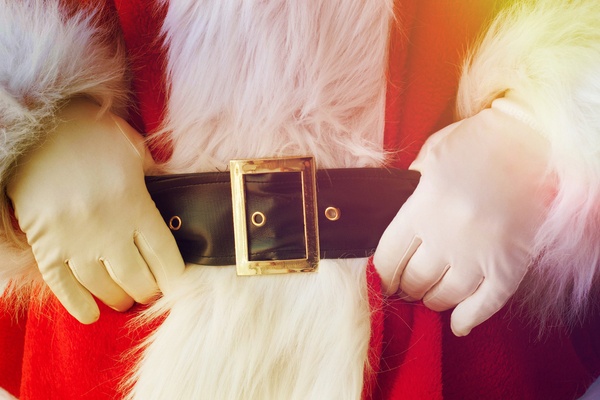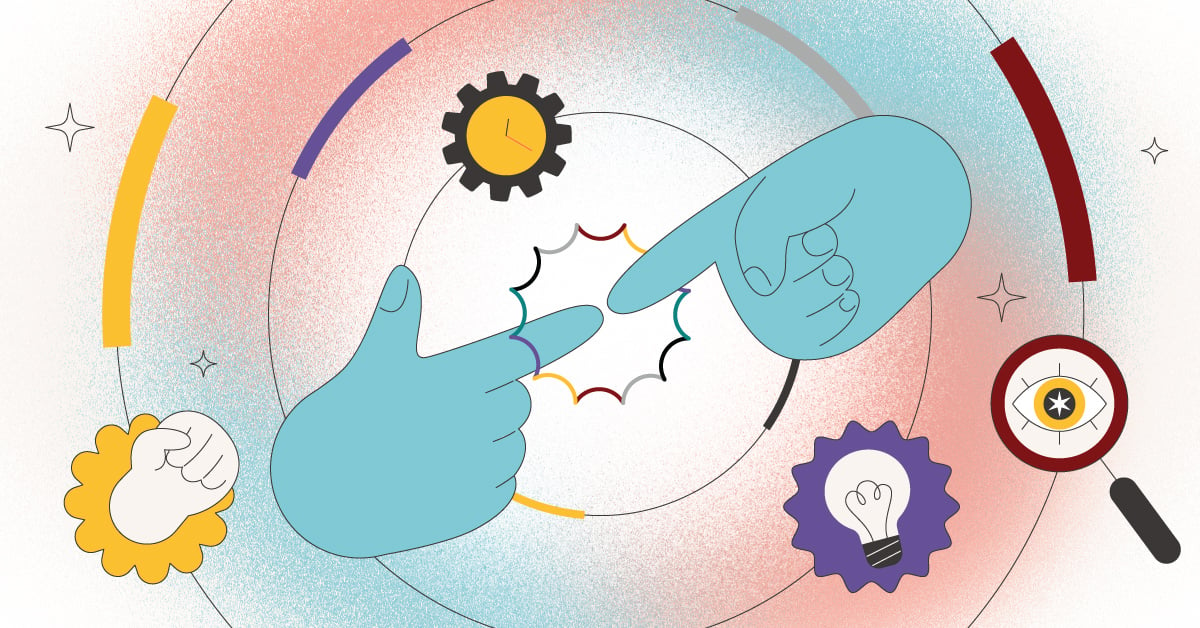
The Factors That Might Question St. Nick’s Job Fit
From the outside, ol’ Kris Kringle embodies workplace happiness. He technically only works hard one day a year, appears continuously jolly, and receives praise around the world for his hard work.
But, what if, behind of all of the glory and jovial “ho ho hos,” was a disengaged man who felt stuck in his job for decades?
Could it be? Let’s look at the facts:
First, his behavior style could be misaligned from the job. From what we can tell about Santa, he’s a high I behavior style. High Is thrive in team environments and while Santa does spend his year managing a team of elves (full of High Ss and High Cs), his biggest, most notorious night of the year is spent alone.
Sneaking around homes while people are asleep, avoiding all human contact, could be deeply dissatisfying for Santa. Maybe that’s why he’s prone to overeat on homemade cookies.
A high D or a high C behavior style may be a better fit for the job duties on Christmas Eve. A high D Santa would thrive because he would relish in the monumental task of being efficient in a time crunch.
Meantime, a high C could also work within an established set of tried-and-true guidelines that have been perfected over time. Neither behavioral style would see minimal human interaction on Christmas Eve as a negative.
In addition to not having the ideal behavioral style, stress levels of performing in the Santa role can be high. If we ran TTI Success Insights’ Stress Quotient™
, which measures a person’s stress levels in seven quadrants, a few areas would skyrocket above normal levels: demand, social support, and efforts/reward balance.
The demand index is in the most danger of being high — delivering millions of toys around the world in a single night is the most extreme example of a high job demand.
While Santa seemingly has all of the social support in the world from his elves and Mrs. Claus, being the only man to know how to do an important job can feel alienating.
And efforts/reward balance can also be causing Santa stress, because his hard work can easily be forgotten the day after Christmas. It’s also unclear if Santa receives compensation; from what we gather, he only appears to be paid in cookies, milk and free housing at the North Pole.
Despite these shortcomings, Santa seems to be appropriately matched to his job by
his
driving forces. Santa is likely a driven altruistic (high social motivator) and very structured (high traditional motivator).
His altruism will be deeply satisfied by knowing he positively impacted millions of children, even if it is only for one night a year.
And carrying out the tradition of Christmas each year will fulfill his tendency toward structure. The job requires both altruistic and structured driving forces for true job satisfaction.
Santa Claus might be a bit mismatched to his St. Nick role, and burdened with high levels of stress. However, he’s a man who is likely intrinsically driven year after year to carry out his annual duties.
Is it enough to surmise he’s happy on the job? In this case, we say yes.
Thankfully, the world can count on a mostly satisfied Santa Claus to hurry down chimneys around the globe again this Christmas Eve.




